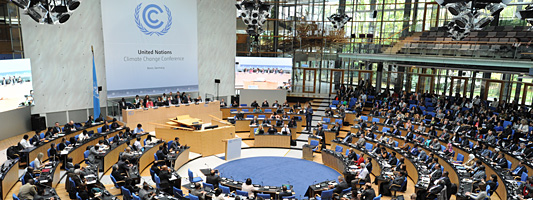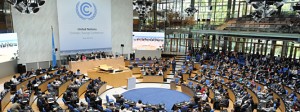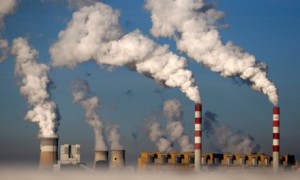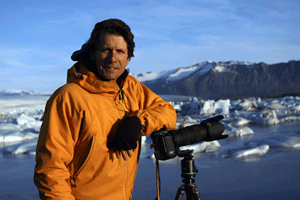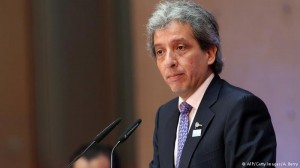By Elizabeth Plascencia
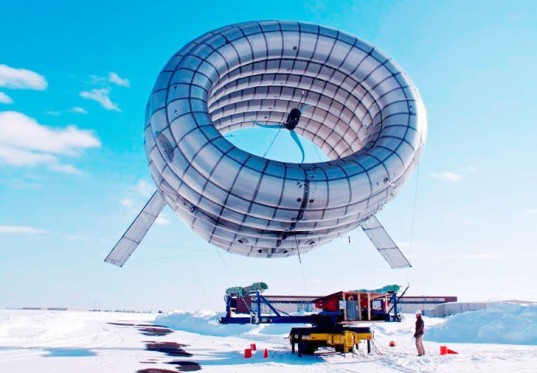
Last semester I was enrolled in ERSC 202: Energy Resources with Professor of Natural Philosophy, Marcus Key. Our primary learning objectives revolved around understanding the physics, chemistry, and geology of energy resources. We also reviewed some of the major economic, political, and environmental implications within the exploration and exploitation of certain energy resources. I felt extremely well informed once I had a better grasp on the physical earth systems that created the natural resources. The common jargon of “fossil fuel” suddenly made all the sense in the world. This course sparked my interest in alternative or “green” energy resources ever since.
Our course final project was to present an oral PowerPoint presentation to inform our peers on an energy resource of choice. My colleagues presented on a vast range of alternative energies including solar, wind, hydrothermal, geothermal, biomass, etc. I decided to explore geothermal energy in Iceland, because I spent the beginning of my first summer after freshmen year in Iceland with Professor of Earth Sciences, Benjamin Edwards, conducting pillow-lava research. Nearly two years later, I am still obsessed with Iceland. As an active climate change activist, it was incredibly moving to see alternative energy as a major resource in a nation. For more information on geothermal energy in Iceland, check out this link: http://www.nea.is/geothermal/
Now with that background in mind, I was so excited to find this article on the first airborne wind turbine in the world. It is projected to harness renewable wind energy and Wi-Fi to Fairbanks, Alaska. It is so great to see an initiative like this take off because a colleague in my ERSC 202: Energy Resources course actually did her final presentation on this MIT startup, Altaeros Energies. At the time there were only prototypes but now this airborne wind turbine is expected to launch sometime next year!
Progress is key.
Click here to check out the article: http://inhabitat.com/worlds-first-airborne-wind-turbine-to-bring-renewable-energy-and-wifi-to-alaska/
[youtube_sc url=”https://www.youtube.com/watch?v=kldA4nWANA8″ title=”Introducing%20the%20Altaeros%20BAT:%20The%20Next%20Generation%20of%20Wind%20Power”]




